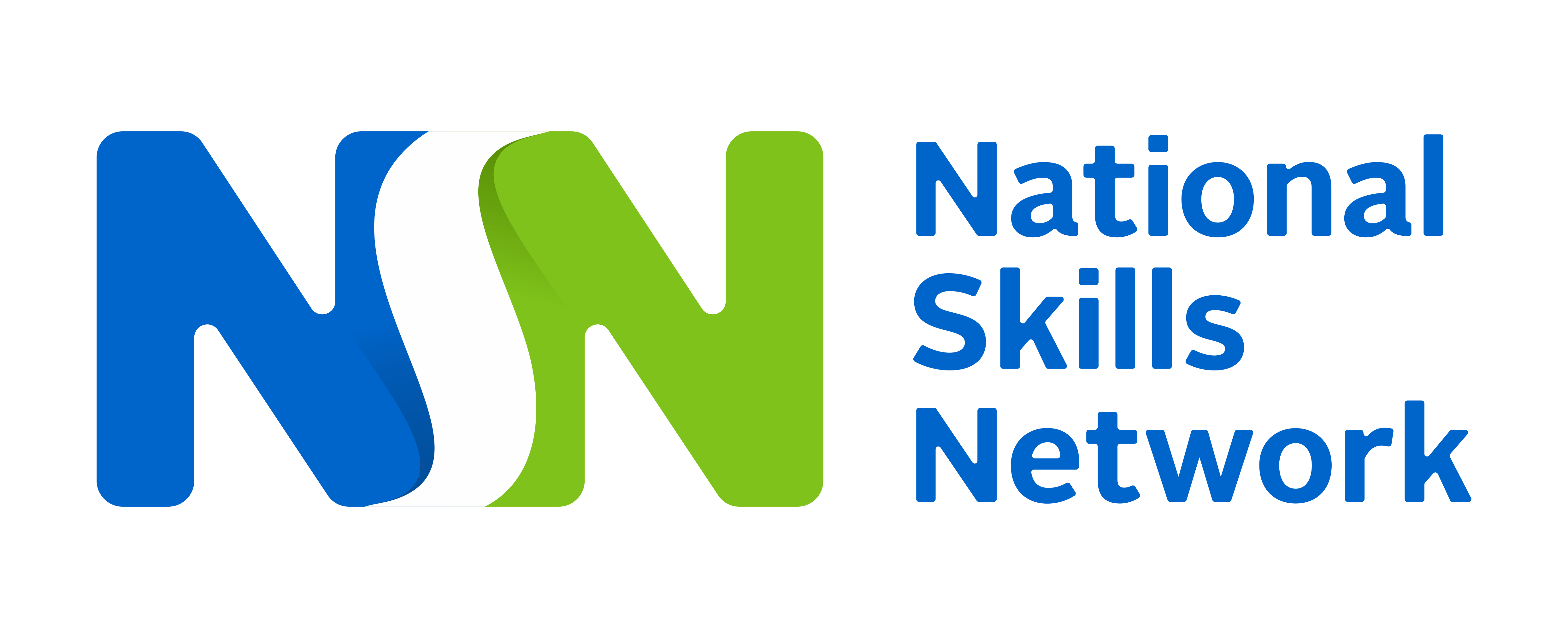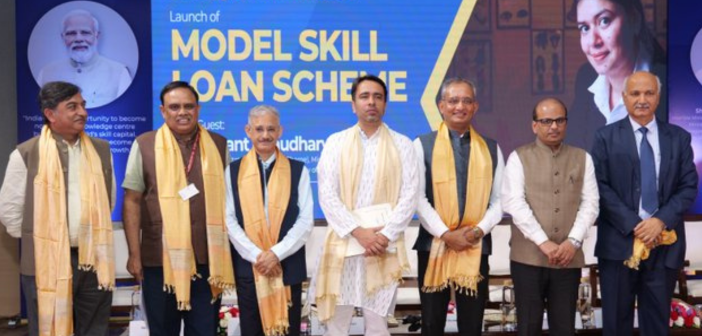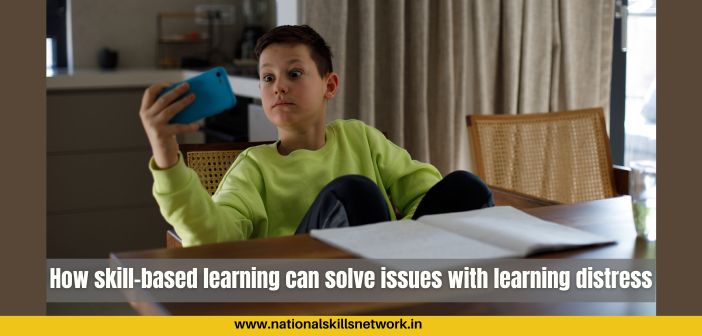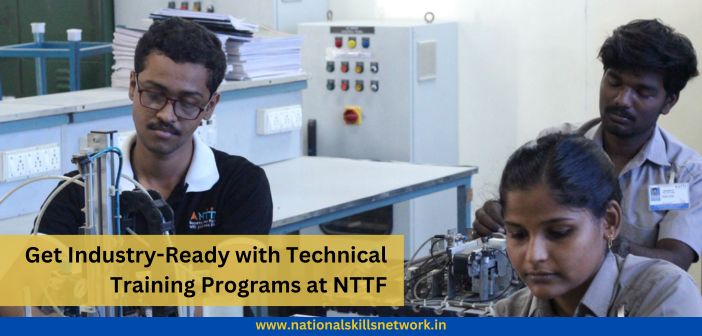According to a report, over 70 million job seekers will enter the Indian market between 2020 and 2023. The country’s total workforce estimates to be 404.15 million in the same timeframe. This figure will have people aged between 15 and 30, as per Periodic Labour Force Survey (PLFS) 2017-18. In this scenario, those with the right skills will excel. Thus, individuals investing in learning new-age skills and companies implementing re-skilling strategies for the existing workforce is vital.
To take advantage of this young workforce, India has made becoming the global ‘skill capital’ one of its priorities since 2015. It has launched various programmes and campaigns, from Skill India to Pradhan Mantri Kaushal Vikas Yojana (PMKVY). National Skill Development Corporation (NSDC) set up the market-driven India International Skill Centre (IISC). It counsels youth seeking global mobility for jobs. It also mentors individuals for testing skills, language, upskilling and pre-departure formalities.
Additionally, India is partnering with Australia, the UAE and the UK for recognising the skills standards. Business to Business (B2B) and multi-government collaborations are also underway. The partnering countries are from East Asia and Western Europe, and Canada.
Why does India need to meet the global skill standards?
Rapid globalisation has created the demand for skilled personnel across the world. It is necessary to impart skills to the youth that makes them employable. India is among the youngest countries currently. Over 62% of its population falls between 15 and 59, and around 54% is below 25.
According to estimates, India’s average population’s age in 2020 will be below 29. Similar data for the U.S., Europe and Japan will be 40, 46 and 47, respectively. Over the next 20 years, there might be a 4% decline in the workforce of industrialised nations. Whilst India is expected to show around a 32% boom in a similar timeframe.
The growing ageing population in developed nations is a major opportunity for skilled Indian youth. This will benefit both the destination and host countries.
Some challenges faced by the industry
Difficulty in reading CVs: The lack of symmetrical information is the main cause of this challenge. Symmetrical information is when a person has all the necessary skills for a job and the potential employer knows it. When recruiters have all the necessary information about a potential candidate, he/she has better chances of being hired. There have been many cases where firms have spent money on training their employees. But, post-training, the skilled personnel quit for higher pay elsewhere. This, in turn, makes the former firm incur losses in the form of the training cost.
Slow international mobility of the Indian workforce: This is due to the lack of both technical and non-technical skills among the personnel. Individuals with degrees from mainstream institutes lack the required expertise to apply their skills in real-life situations. Second, degrees from Indian institutes lack global recognition. For example, a three-year degree course in India equals a one-year certificate course in the UK.
Low participation of women: India’s labour force stands at 395.2 million. Out of this, only 91.6 million comprises the female population. There are three main reasons for lower participation of women. First is the lack of residential provisions for women at training centres. Second is the absence of required social support in the form of local workshops. The third is the omission of necessary coaching and mentoring in skills programmes.
Walking in tandem with government initiatives to overcome these challenges is Certif-ID. A dedicated skills platform built on blockchain technology. It connects educational institutes, students, working professionals and recruiters on one single platform.
Institutes can list their courses, create training batches and issue digital certificates. Graduates equipped with a blockchain-powered digital certificate can connect with potential recruiters. They can exchange information and explore new employment opportunities.
- A digital certificate acts as proof of skill (skills-ID). It is difficult for recruiters to review 100s of CVs to fill one vacant position. With a skills-ID issued on Certif-ID, verifying a person’s candidature becomes easier. This ID is secure and verifiable with one click. The recruiter can then hire a professional by viewing profiles and choosing the most appropriate fit for the job.
- Certif-ID is among the pioneer companies to offer encrypted, globally recognised digital certificates that are hard to tamper with. An individual receiving a digital certificate after completing a course in Kerala, India can easily apply for a job anywhere in the world. Thereby, improving skills mobility.
- The Certif-ID platform allows recruiters to screen candidates based on competency and not on gender. For example, if a recruiter requires 10 electricians, the recruiter gets access to 10 electricians’ profiles on the Certif-ID platform, regardless of gender.
India needs to meet the global skills standards to boost its economic growth. Imparting the necessary skills to India’s youth will not only help in filling vacant positions available but will also help Indians in exploring national and international job opportunities.
I would like to know your thoughts. Feel free to drop a line here.
For an exclusive demo, please schedule a meeting here!
Author: Tim Miller, Co-Founder, Certif-ID













